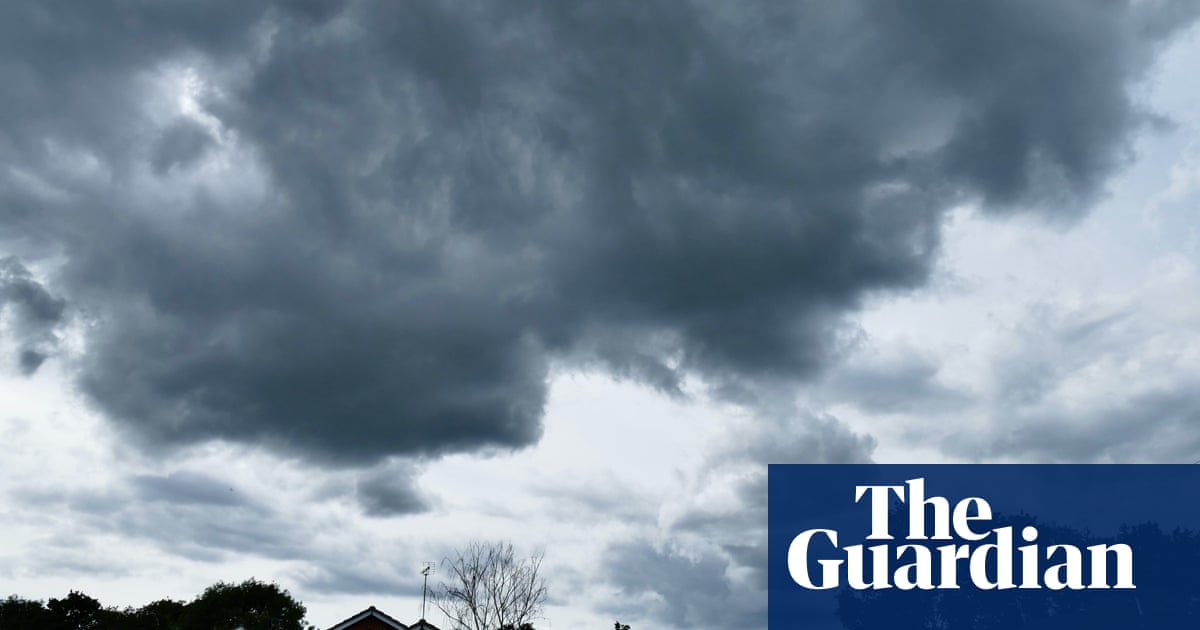
Increasingly cold conditions have swept western parts of the US this week, while tornadoes and flooding have inundated eastern areas.
An area of low pressure named Storm Finn tracked north-east from Texas towards the east coast early this week. As a result, tornadoes hit south-eastern states, at least 12 of which were in Florida and caused significant damage to many homes.
States in the north-east experienced the worst of the flooding, which left hundreds of thousands of homes without power and more than 1,000 flights cancelled. The rain gave way to snow in more mountainous and northern areas, bringing blizzards and strong winds.
Unsettled conditions are expected to continue in eastern states as another area of low pressure currently over central southern states is forecast to track in a similar direction to Finn and bring further rain and snow.
On Tuesday, the EU’s Copernicus Climate Change Service released its annual highlights. It showed multiple records were broken in 2023, which was confirmed as the warmest year since records began in 1850. A global average temperature of 14.98C was recorded, 0.17C warmer than the previous record-setting year of 2016, and 0.6C hotter than the 1991-2020 climate average.
Last year was 1.48C warmer than the pre-industrial level in 1850-1900, with almost half of the days in the year recording an average global temperature at least 1.5C warmer than that period. By comparison, this occurred during 20% of days in 2016.
While last year was expected to be relatively warm because of El Niño and climate warming, the extent of this heat was not anticipated due to some unforeseen factors. For example, an El Niño brings warmer global temperatures in its decline, as seen in 2016. However, last year El Niño was building, and comparatively weaker in strength than the buildup phase of the 2015-16 event. Other factors are being investigated.












